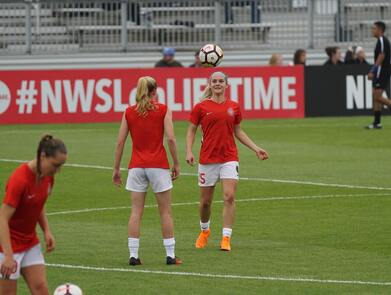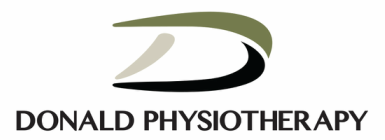
Management and Treatment
Treatment of the Female Athlete Triad requires a multidisciplinary approach. Physicians, dieticians, mental health practitioners, physical therapists/athletic trainers, coaches and family all play an important role. At the end of the day the goal is to increase energy availability. This can be done by increasing energy intake (ex. Proper nutrition) or decreasing energy output (ex. Reduce training volume/intensity). Non-pharmacological intervention is typically the first course of action. This may include speaking to a Dietician for nutritional education, or a mental health professional if negative body image is at the forefront of the Triad. Pharmacological interventions are only considered if there is no improvement with non-pharmacological therapies.
Prevention
1)De-emphasize weight
- Coaches, players, teammates and family need to stop placing such high importance on weight in sport. This can be difficult especially if a sport is considered to be a “thin” sport. At the end of the day, “thin” doesn’t always necessarily mean healthy. Avoid player comparison of weight and stop punitive consequences for weight gain.
2) Enhance performance without a focus on weight
- Athletic ability isn’t just physical, it is also mental. Yes, we can make athletes faster, quicker, stronger, and more agile with training and practice, but there is also a set of mental and emotional skills that are needed to be able to reach one’s full potential. Focusing on weight, body image or overtraining is going to eventually drain an athlete. Taking a step back from the physical aspect of sport and taking time to promote positive self-talk, goal-setting, and mental preparation are just as important for success.
- Coaches, players, parents, medical staff all need to be aware of the factors that put athletes at risk for the Female Athlete Triad. Topics including the Female Athlete Triad, proper nutrition, the importance of rest and recovery, and lastly mental health should be at the forefront of education for athletes.
It can be challenging if an athlete, her family or coaches feel that weight gain, increased caloric consumption and/or decreased activity may compromise sports performance. As someone who is heavily involved in sport as an athlete and on the medical side, it is extremely important for me to be aware if coaches and/or athletes have these perceptions. Ensuring everyone involved with the team is well educated about what a healthy athlete looks like and the signs and symptoms of the Female Athlete Triad will hopefully reduce the risk of it occurring among athletes. My take home message is focus on your health first – your body will thank you for it and repay you with a better athletic performance.
~ Alex Wojcichowsky, Physiotherapist
References:
1. Nattiv, A., Loucks, A. B., Manore, M. M., Sanborn, C. F., Sundgot-Borgen, J., Warren, M. P., & American College of Sports Medicine (2007). American College of Sports Medicine position stand. The female athlete triad. Medicine and science in sports and exercise, 39(10), 1867–1882. https://doi.org/10.1249/mss.0b013e318149f111
2. Female Athlete Triad. (2020, August 13). Physiopedia, . Retrieved 04:41, September 9, 2020 from https://www.physio-pedia.com/index.php?title=Female_Athlete_Triad&oldid=245810.
3. Loveless, M. B. (2017). Female athlete triad. Current Opinion in Obstetrics and Gynecology, 29(5), 301-305.
4. Hobart, J. A., & Smucker, D. R. (2000). The female athlete triad. American family physician, 61(11), 3357-3364.
5. NCAA coach handbook: Managing the Female Athlete Triad. https://athletewellness.uncg.edu/wp-content/uploads/2014/05/Coaches-Handbook.pdf


 RSS Feed
RSS Feed